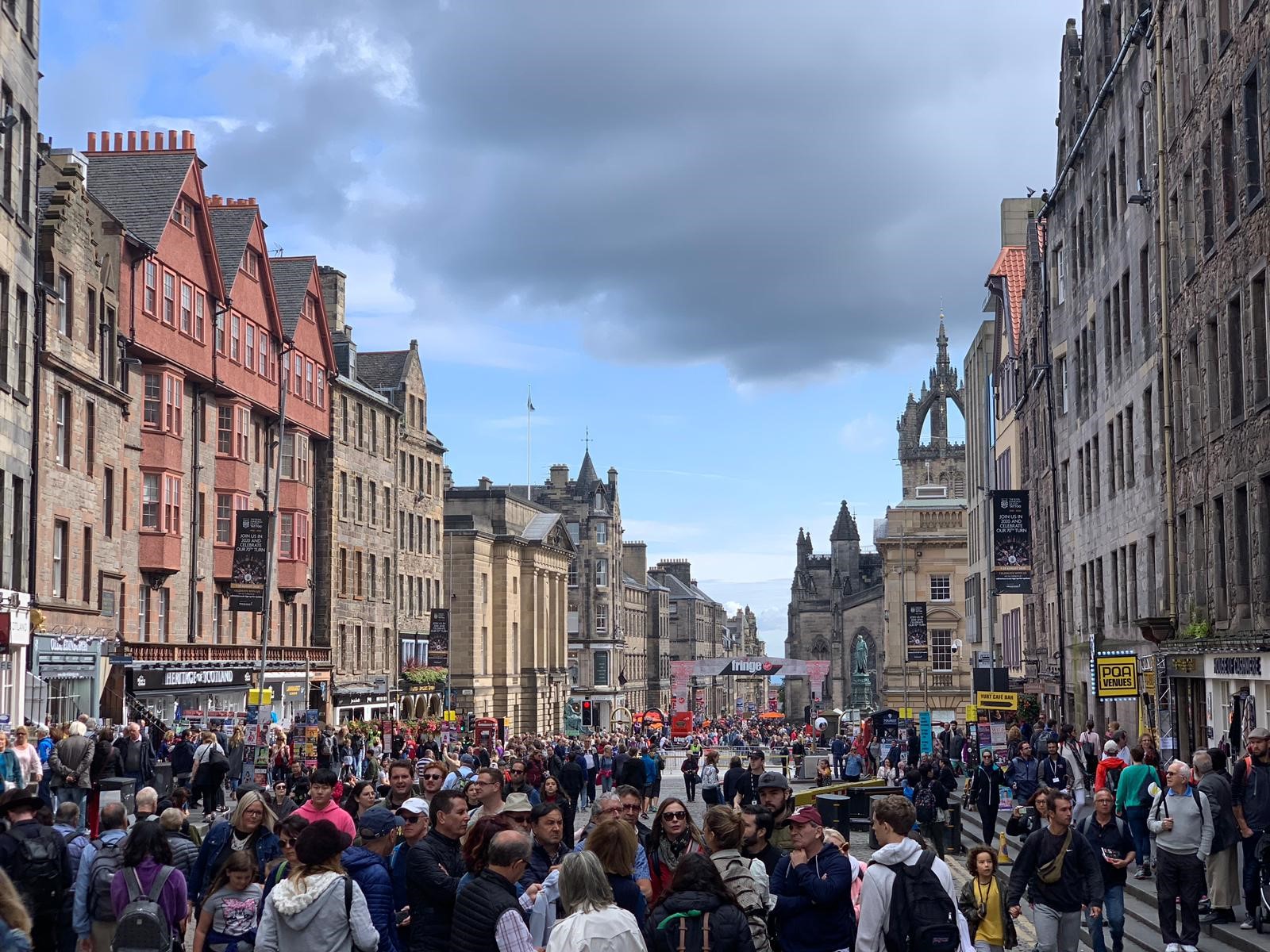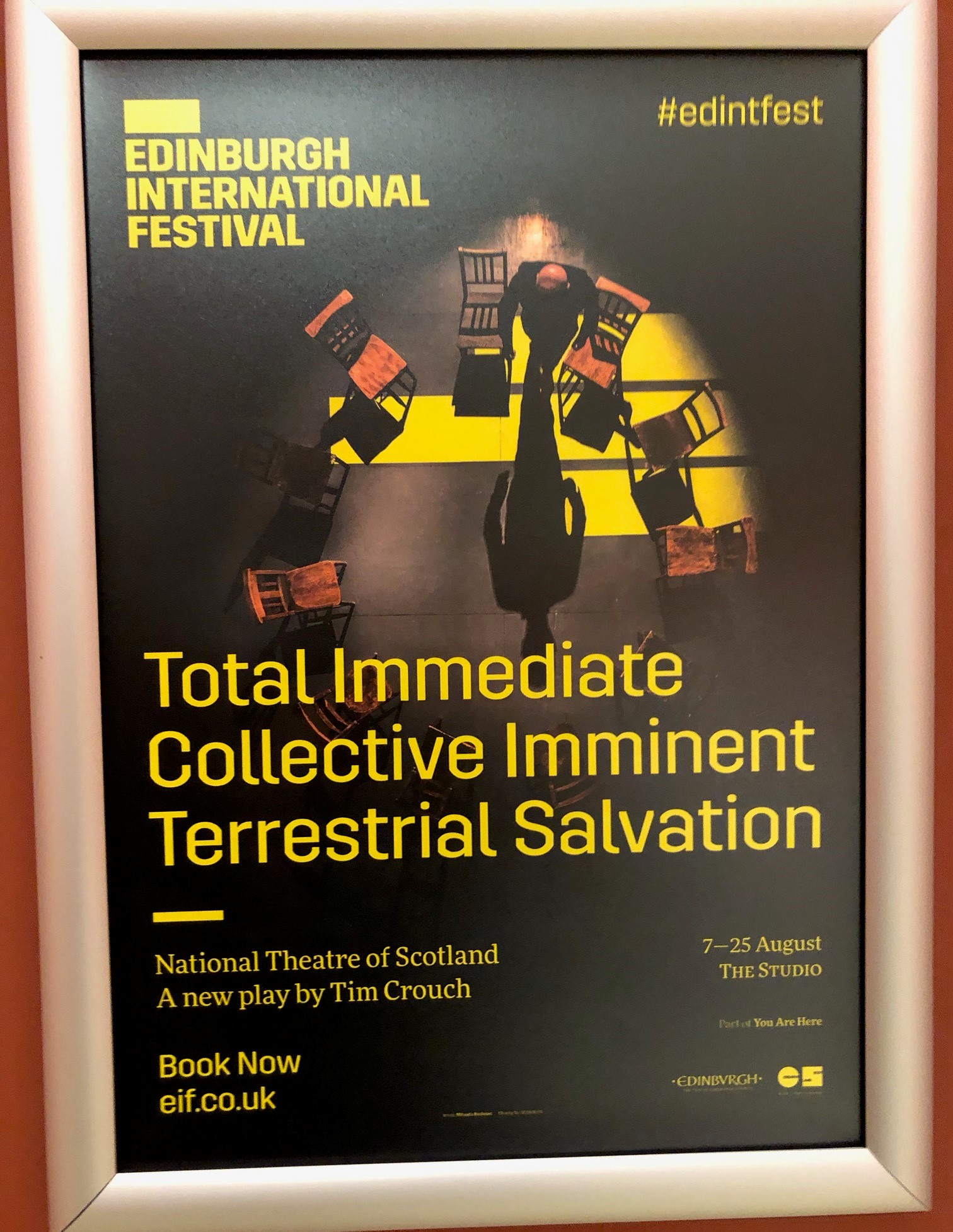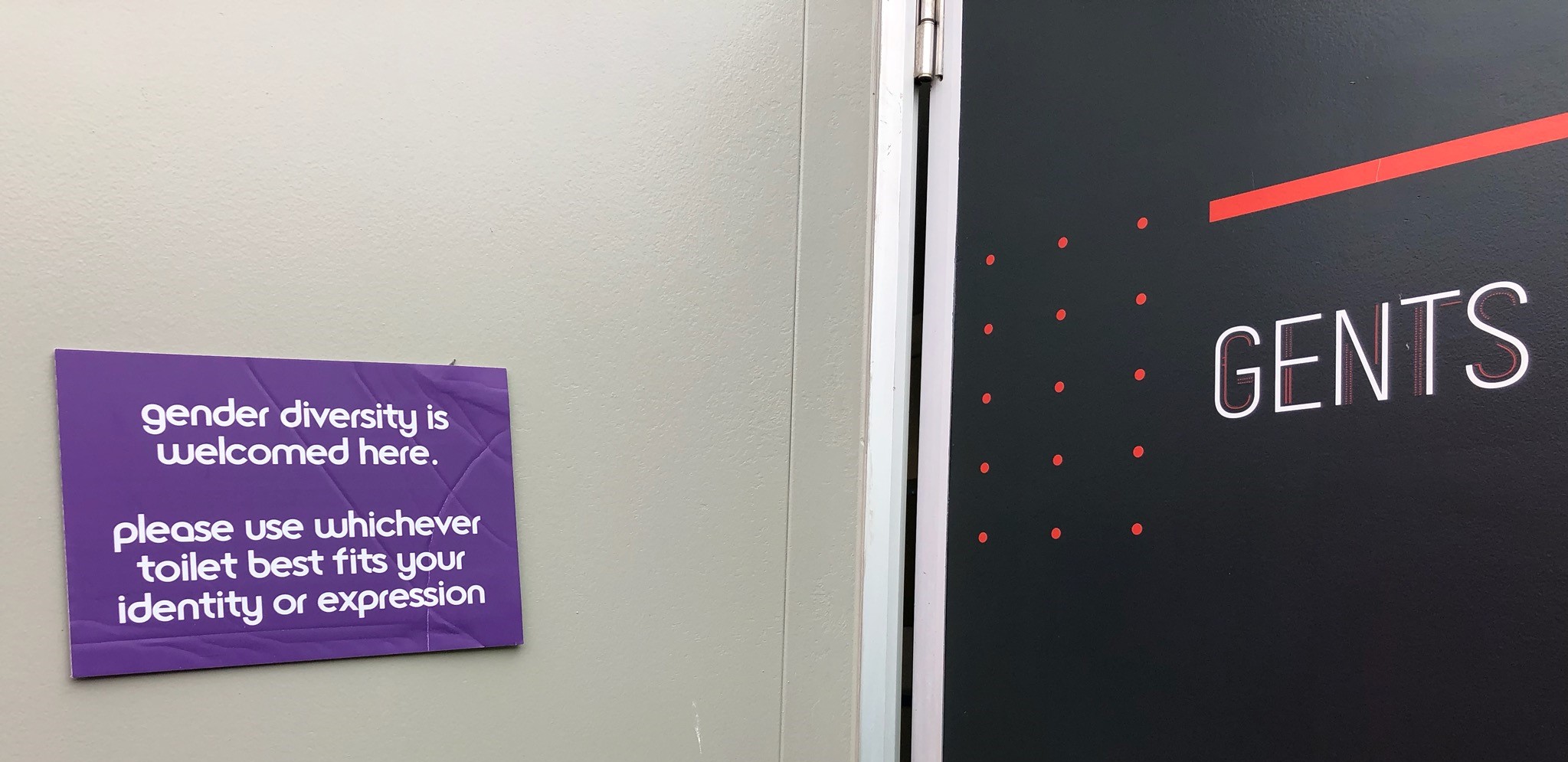Battling Overwhelming Competition: Lessons from 'The Fringe'

During August, Edinburgh, Scotland hosts seven festivals simultaneously, of which the Edinburgh Fringe Festival is one. At the Fringe Festival alone, over three weeks there are 3,841 total shows comprising 59,600 performances across 323 venues, with 53 countries represented, 706 free shows, and 963 Scottish shows. Although Edinburgh hosts the oldest and largest Fringe festival (it began in 1947), it now competes with more than 200 other Fringe festivals around the world. If there is one city at one time that personifies the realities confronting competitors in the media space, Edinburgh in August is it.
I've just returned from the Fringe, where I joined an exceptional group of 30 leaders from healthcare, investing, marketing, performing arts, publishing, retail, studios, tech, and television convened by the Future of Storytelling Conference's Charlie Melcher and former Wired UK editor David Rowan. There are business lessons to be learned from the Fringe. Just as Charlie, David, and their team researched, organized, curated, and helped our small community navigate the Fringe, the marketing and media communities require resources and leadership to guide them during a time when every organization and individual is navigating through the most challenging and competitively confrontational environment in history.
At the Fringe, performers and their entourages, by necessity, become carnival barkers, handing out fliers and politely encouraging festival-goers to attend their shows. The streets and walls are plastered with posters hyping each act. The Fringe has helped launch the careers of Robin Williams, Rachel Weisz, Stephen Fry, Hugh Laurie, Trevor Noah, Hannah Gadsby, Emma Thompson, Flight of the Conchords, Craig Ferguson, Mike Myers, Rowan Atkinson, and many more. Far, far more performers and performances fade into marginal careers and oblivion. In that context, of the thousands of media competitors battling for the attention of audiences and advertisers, only a handful will achieve scalable and sustainable success, while many others are destined to disappear.
As I experienced both packed and near-empty theaters (many in large tents erected for the Festival), I realized that companies across the advertising, entertainment, marketing, and media sectors are in a sprint for the next 12-24 months, comparable to Fringe performers' sprint to fill seats every day. 2020 is emerging as the most important year in the history of the media business — a year when winners and losers across the ecosystem will be determined. It will be a year of explosive growth for a few and disappointing results for many.
Barker channels will thrive in the near-term as hotly competitive categories, such as OTT and DTC, aggressively invest in advertising to drive short-term growth as they pray for long-term sustainability. But history proves that a few market winners will emerge, losers will disappear, and ad budgets will decline. New economic forces will take hold. There are growing economic and regulatory headwinds that organizations will need to navigate. Marketing budgets will continue to shift from advertising to below-the-line promotional spending, reversing a 20-year trend. Traditional competitors will be overwhelmed as Amazon, Target, Walmart, and tech-advanced commerce/promotional platforms absorb traditional impressions-based advertising budgets, leaving thousands of legacy competitors battling each other for leftover budget scraps. Once we're past the 2020 Olympics and election year, most of which is reflected in 2019 Upfront investments, these new market realities will begin to set in.

There is a beacon of light and hope from intricacies of the Edinburgh Fringe Festival. The Fringe reflects the competitive realities of our industry; it also offers a lesson for growth.
In an extraordinarily competitive environment, performers maintain a high level of mutual support and collegiality. Barkers target their audiences and tell their stories with respectful collaboration. Each performer has the greatest potential to pack the house when they have talent, anticipate market needs and interests, and effectively communicate their value — and when the Festival is strong and delivers audiences and partners.

The Edinburgh Fringe Festival offers a reality check for all of us caught up in day-to-day competition: We can only grow as an industry when we identify who we are, what we stand for, and our common goals as an industry.
As MyersBizNet monitors our industry and the challenges it faces, we're clear on the importance of joining our members together in a collaborative model to drive growth for the industry overall, as well as for individual organizations within it, by providing the necessary tools and resources for
- identifying growth potential
- understanding and fulfilling talent needs
- anticipating and preparing for the future
- driving competitive advantage through advanced communications and marketing techniques
- driving industry growth through collaboration
Connecting our community in a common cause — to generate growth through market intelligence, advanced communications platforms, talent development, and educational initiatives — is our mission. In that context, MyersBizNet is releasing our Ten Principles for Industry Growth. Click below to download a copy.
Click the social buttons to share this story with your friends and colleagues.
The opinions and points of view expressed in this content are exclusively the views of the author and/or subject(s) and do not necessarily represent the views of MediaVillage.com/MyersBizNet, Inc. management or associated writers.


